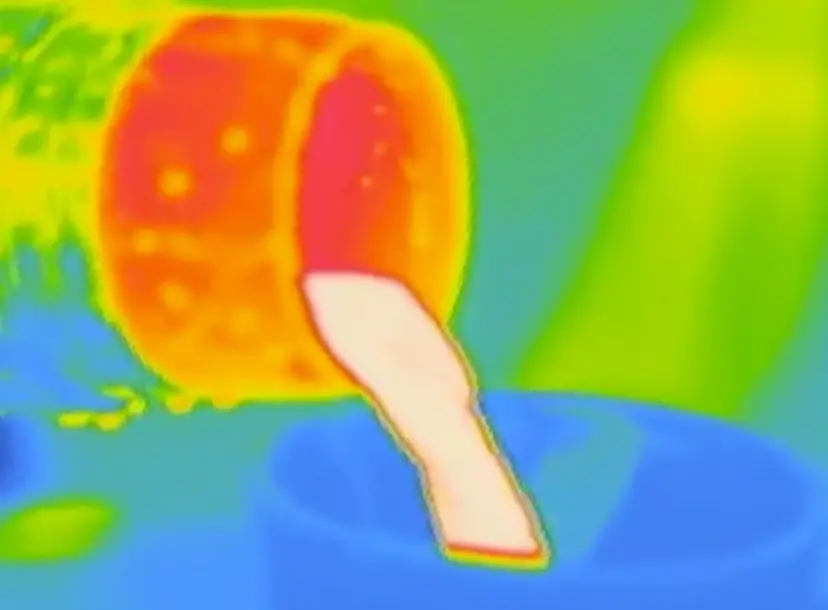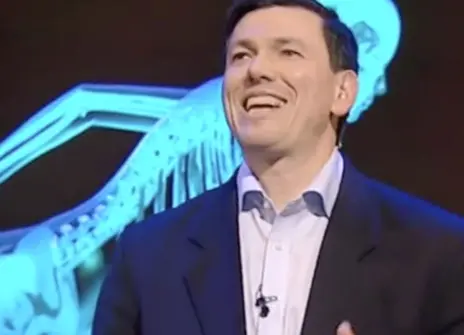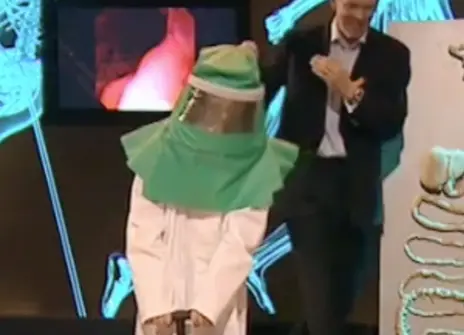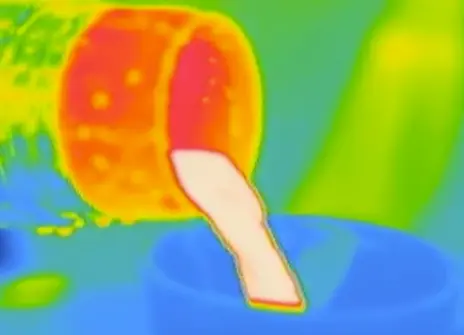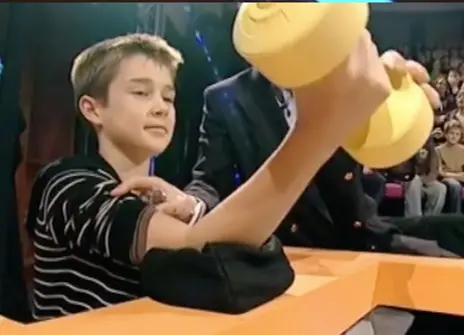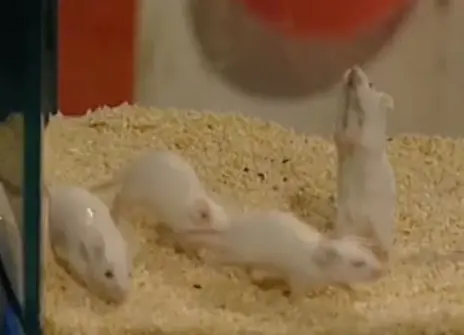Lecture 3 – Grilled and chilled
Humans live in extraordinary places – from the middle of the Sahara desert to the frozen wastelands of Alaska. Unlike many animals, humans are able to regulate their internal body temperature, allowing them to live in both cold and warm climates.
In this lecture, Hugh Montgomery looks at how the human body is able to regulate its temperature in response to the external thermal environment.
Discover whether shivering really works, how the body adjusts blood flow to retain heat, how it cools itself through sweating and how layered clothing can help insulate us from the cold. Hugh also reveals where blood is diverted to when it’s cold and where it's sent when we're too hot.
Finally, Hugh meets survivors of the very coldest and very hottest places in the world. What are the limits to survival? And how close did they get to finding out?
About the 2007 CHRISTMAS LECTURES
When a huge meteorite hit the Earth 65 million years ago, it wiped out the dinosaurs whilst our ancestors survived. Since then our planet has experienced several similar episodes of mass extinction and each time, our ancestors have lived on. We have evolved to withstand the most extreme environments, but what determines our survival?
The science of survival
In his series of five lectures from 2007, geneticist Dr Hugh Montgomery leads an exploration of human endurance and the very thin line between life and death.
Hugh reveals how the body is equipped to perform exercise, adjust to high altitudes, and endure hot and cold climes. Discover how the human body responds when faced with peril, and why some people take flight, whilst others stay and fight. Plus, find out how our bodies deliver the energy we need to react, and what happens to our vital organs when the adrenaline kicks in.
A question of fate?
Along the way, Hugh speaks to real-life survivors who have fought some of the world’s most extreme conditions. From starvation to dehydration, and severe cold to blazing heat, their extraordinary tales remind us of the fragility of human life and the astonishing endurance of the human body.
Why do some people live and some people die in perilous situations? Does our fate boil down to good old-fashioned luck, or does it lie deeper in our genes? And just how much influence does our environment have over our chances for survival?
NB: We do not currently have a version of Lecture 1 available due to technical issues.
